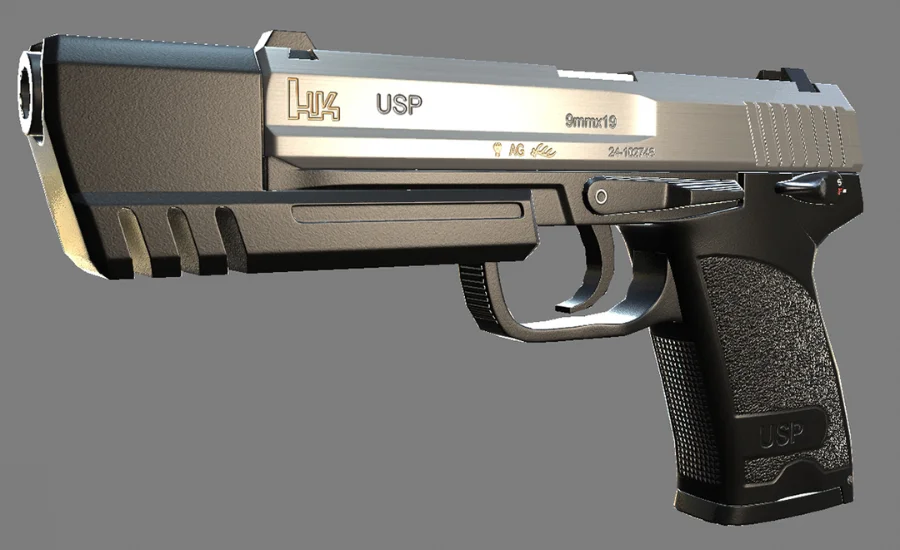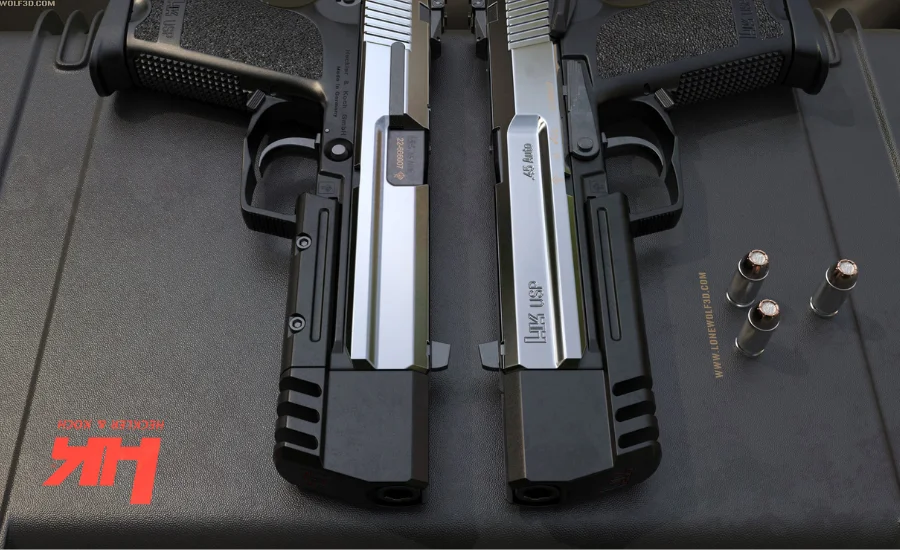Innovation has long been the driving force behind the world of competitive racing, with each breakthrough setting new benchmarks for speed, efficiency, and performance. Enter the USP Match Race Protoype, a game-changing advancement that embodies the future of racing technology. Crafted from state-of-the-art materials and designed with advanced aerodynamic principles, this prototype represents not just a new model but a paradigm shift in the racing industry.
At its core, the USP Match Race Protoype showcases precision engineering that optimizes performance while enhancing the overall racing experience. By leveraging cutting-edge technologies, this prototype paves the way for a new era in competitive racing. Its design principles focus on minimizing drag and maximizing stability, ensuring that racers can achieve unparalleled speeds on the track.
As the USP Match Race Protoype takes the spotlight, it sets a new standard for what is possible in racing. Racers and enthusiasts alike can anticipate a future where the integration of innovative materials and engineering prowess will redefine the limits of competitive racing. This advancement not only highlights the relentless pursuit of speed but also emphasizes a commitment to sustainability and efficiency within the sport.
Revolutionizing Racing: The Vision Behind the USP Match Race Protoype

The journey of developing the USP Match Race Prototype stemmed from a singular ambition: to engineer a racing machine that surpasses all previous benchmarks in performance. The team of engineers and designers embarked on this project with a steadfast goal: to achieve unparalleled speed without compromise. From its inception, the prototype was meticulously crafted, emphasizing the integration of cutting-edge advancements in materials science, aerodynamics, and performance optimization.
What truly distinguishes the USP Match Race Protoype is the innovative technology embedded in its design and the interdisciplinary approach adopted by its creators. By harnessing insights from various engineering fields, the prototype brings together the best practices from aerospace engineering, computational fluid dynamics (CFD), and robotics, resulting in a highly advanced racing machine.
At the core of the USP Match Race Prototype’s impressive performance lies its use of revolutionary materials. The structure is built using ultra-lightweight carbon fiber composites, which offer an exceptional strength-to-weight ratio. This material has transformed numerous industries, and in the realm of racing, it provides a critical edge by significantly reducing the vehicle’s overall weight while ensuring both rigidity and strength. The outcome is a racing machine that achieves remarkable speeds and enhanced maneuverability on the track.
Unleashing Performance: Aerodynamic Innovations in the USP Match Race Prototype
A cornerstone of the USP Match Race Prototype’s design lies in its meticulously crafted aerodynamic profile. The engineering team utilized sophisticated computational fluid dynamics (CFD) simulations to scrutinize airflow across the vehicle’s surfaces. This rigorous analysis enabled them to refine every contour and feature of the prototype, effectively reducing drag while enhancing downforce.
The streamlined shape of the USP Match Race Protoype facilitates efficient airflow, minimizing resistance and boosting speed. To further refine its aerodynamic capabilities, the prototype is equipped with active components, such as adjustable wings and spoilers, which optimize airflow in real-time. This adaptability allows the prototype to modify its aerodynamic configuration during a race, responding dynamically to variations in speed, wind conditions, and track surface, thereby ensuring peak performance at all times.
While CFD simulations played a vital role in the design process, real-world testing proved equally crucial. The engineering team conducted comprehensive wind tunnel tests to validate the aerodynamic enhancements indicated by their simulations. By subjecting the prototype to controlled conditions, they ensured that theoretical improvements translated into actual performance gains on the racetrack.
Precision Engineering: The Performance Enhancements of the USP Match Race Protoype

The USP Match Race Prototype exemplifies the pinnacle of precision engineering, with each component meticulously crafted to optimize performance. Central to its design is a powertrain system that seamlessly integrates traditional combustion engines with cutting-edge electric motor technology. This hybrid approach enables high torque delivery while ensuring energy efficiency, providing the prototype with a competitive advantage on the track.
The suspension and braking systems are equally advanced, engineered to deliver unparalleled precision. The adaptive suspension system automatically adjusts to varying track conditions, ensuring maximum traction and stability throughout a race. In tandem with this, the prototype features an innovative braking system that utilizes regenerative technology to reclaim energy typically lost during braking. This energy conversion process enhances the overall efficiency of the prototype, providing additional power for its performance needs.
To further elevate racing capabilities, the USP Match Race Protoype is outfitted with state-of-the-art telemetry systems. These systems continuously gather real-time data on critical performance metrics, including speed, acceleration, tire pressure, and temperature. This data is transmitted instantly to the race team, empowering them to make informed decisions and timely adjustments during competition.
The USP Match Race Prototype: Pioneering a New Era in Racing Technology
The USP Match Race Prototype marks a transformative advancement in racing technology, with its impact expected to resonate beyond the confines of the racing industry. The prototype showcases groundbreaking innovations in design, including the use of advanced materials, cutting-edge aerodynamics, and hybrid powertrain systems. These features are setting new benchmarks for the engineering and construction of high-performance vehicles.
As the racing community increasingly prioritizes sustainability and efficiency, the USP Match Race Prototype exemplifies how sophisticated technology can be harnessed to meet these objectives without compromising speed or performance. Its hybrid engine and regenerative systems not only deliver remarkable acceleration but also enhance energy efficiency, positioning it ahead of conventional racing vehicles.
Furthermore, the achievements of the USP Match Race Protoype are likely to serve as a catalyst for future innovations within the racing sector. As teams and manufacturers strive to secure a competitive advantage, they will undoubtedly draw inspiration from the insights gained during the prototype’s development. Moreover, the technologies utilized in the USP Match Race Prototype have potential applications across various industries, including aerospace, automotive manufacturing, and renewable energy, suggesting that its influence will extend far beyond the racetrack. Through this groundbreaking prototype, the racing industry stands at the brink of a new era, where performance and sustainability go hand in hand.
You may also like: Oex Power Module For Table
Final Words
The USP Match Race Protoype not only showcases the cutting-edge advancements in racing technology but also sets a precedent for the future of automotive design. By integrating advanced materials, innovative aerodynamics, and hybrid powertrains, this prototype embodies a commitment to both performance and sustainability. As it paves the way for new standards in competitive racing, its influence is expected to extend into various industries, inspiring future innovations that prioritize efficiency and environmental responsibility. The success of the USP Match Race Prototype signals a promising shift in how we approach racing and vehicle design, highlighting the potential for technology to enhance both speed and sustainability in the years to come.
For more information and updates join us on Discover Outlooks.
